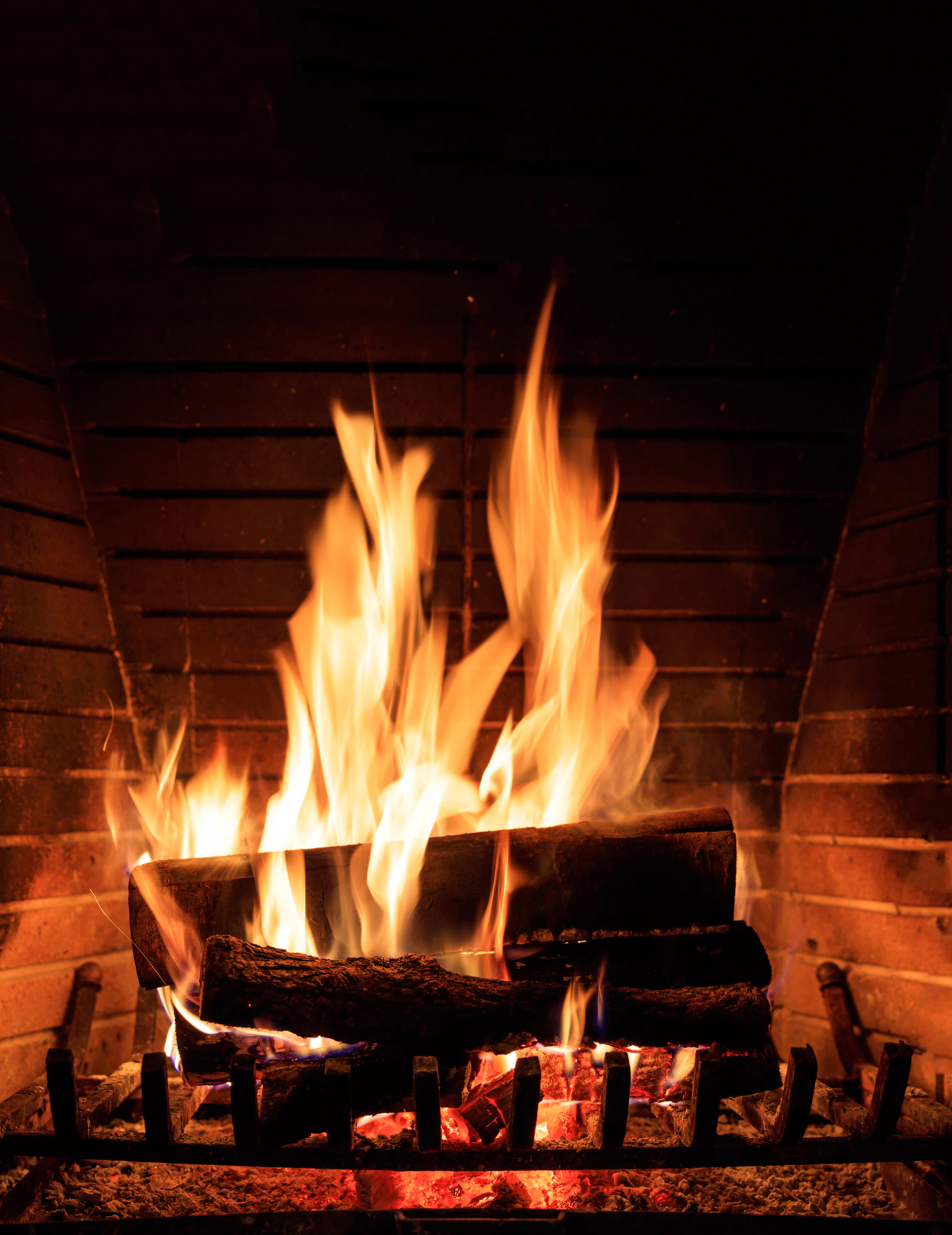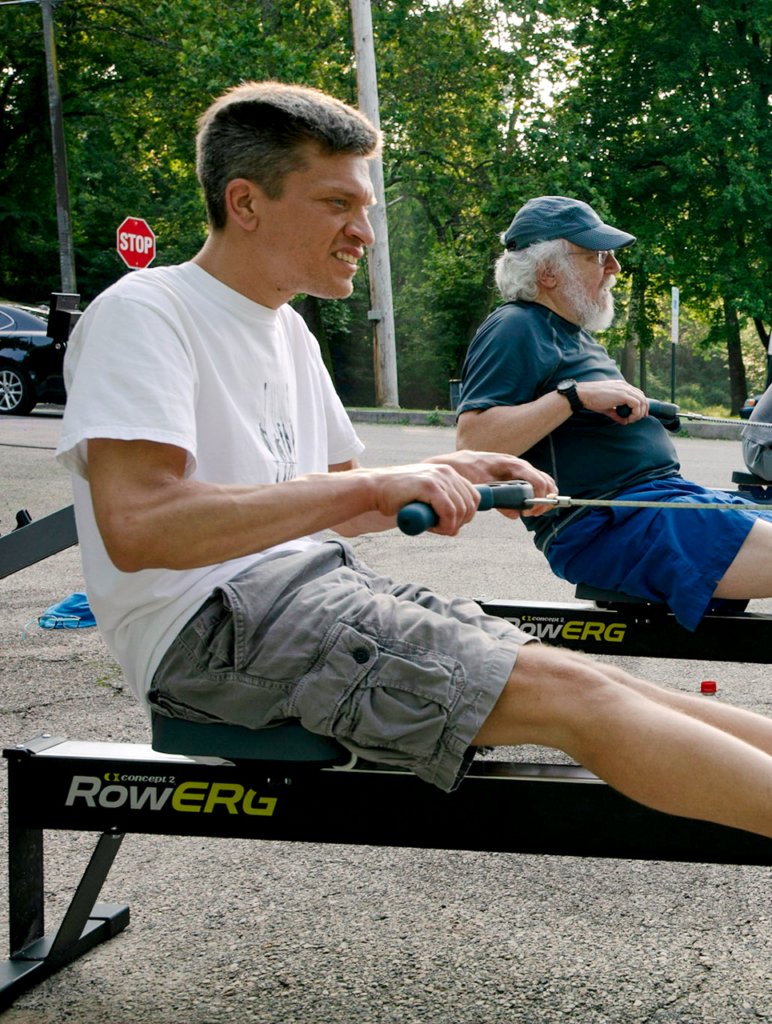From cooking food to staying warm, humanity’s ability to control fire has been a critical factor in our evolution. As large wildfires become increasingly common, however, more and more health experts are issuing warnings about the hazards related to their emissions. As it turns out, even fireplaces, woodstoves and campfires — long beloved by a certain kind of warmth seeker — endanger our health.
“Wood stoves are prodigious emitters of particulate pollution [including] fine particles as well as carbon monoxide and a set of toxic pollutants, which include benzene and formaldehyde,” says Katherine Pruitt, national senior director for policy at the American Lung Association.
“We know a lot about the health effects — including cardiovascular effects, heart attacks and strokes — and respiratory effects, including worsening and causing asthma and COPD [chronic obstructive pulmonary disease],” Pruitt says. “And particles also affect multiple other systems of the body. It’s been linked to neurological effects, reproductive effects and impacts [the] immune system…. Fine particle pollution also is known to cause premature death.”
It’s the energy fix we must learn to live without.”
— Barbara Brandom, retired physician
Pruitt is not alone in this analysis. In 2019, Integrated Science Assessments by the Environmental Protection Agency (EPA) evaluated multiple studies on particle pollution and found a “causal relationship” between short- and long-term exposure to fine particles (aka PM2.5) and cardiovascular and respiratory effects. Long-term exposure is also linked to neurological effects and cancer.
And according to the 2017 EPA National Emissions Inventory: “Residential wood smoke emits more PM2.5 pollution than both on-road and non-road vehicles combined, and five times more PM2.5 pollution than petroleum refineries, cement manufacturers and pulp and paper plants combined.”
“We recognize that some people, especially people living in rural areas, have limited options when it comes to heating,” Pruitt says. In that case, we want to make sure people take all the precautions they can. But if you [don’t] burn wood, that’s best … especially for high-risk individuals: children, the elderly, people living with chronic conditions and pregnant women.”
Penn State Extension recommends that those who must use wood create covered storage areas and make sure wood is dried “at about 20 percent moisture by weight,” choose hardwoods over softwoods, burn hot fires (1,100 Fahrenheit) to minimize emissions and reduce creosote residue, and maintain airflow for “complete combustion.”
Even if one takes the recommended precautions, wood stoves still present greater health risks than other heating methods. The peer-reviewed science journal Atmosphere reports that real-world usage of wood stoves has very high particle emissions during “flooding” events, which occur when users open the stove to refuel.
“I used to enjoy a fire in the stone fireplace,” says Barbara Brandom, a retired physician. “Now I reserve this only for special occasions once or twice a year,” she says. “And I sit as far away as possible from the fire.” She adds that, despite the popularity of wood burning and fire pits, it all boils down to carbon emissions. “It’s the energy fix we must learn to live without,” she says.
Pruitt agrees. “The Lung Association really doesn’t support any wood burning as an organization, and in particular wood burning for pleasure,” she says. “Everybody who’s lived in an area where people are burning wood inside knows [that if] you can smell it, it means you’re breathing that pollution.”









